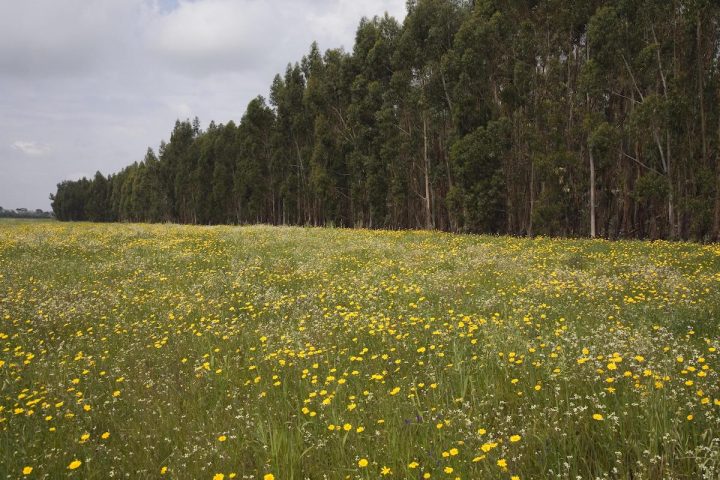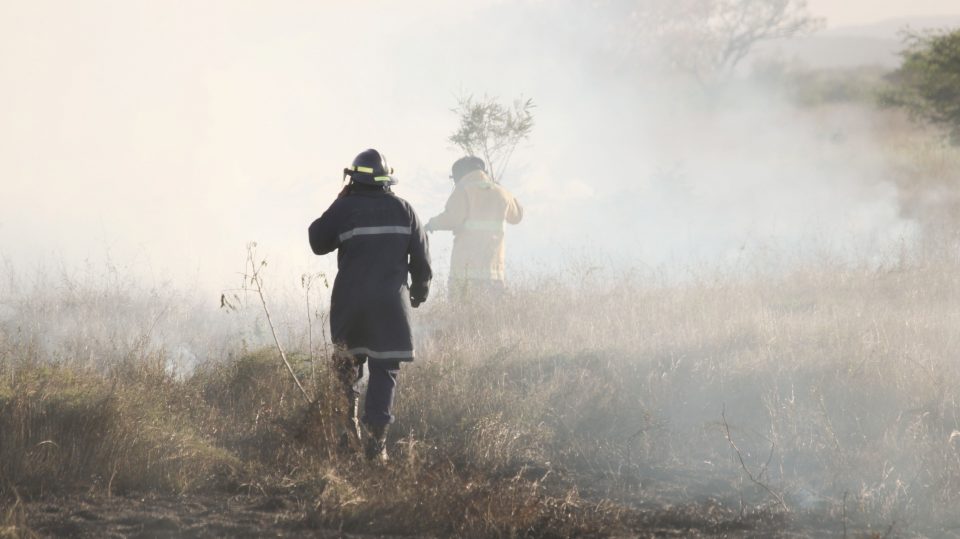Year-round care reduces risk of forest fire

Your essential paper glossary
November 9, 2021
Problem-solving tips for the workplace
November 16, 2021
Good forest management has many benefits. Importantly for local communities and for the environment, year-round care can help to prevent forest fires. With fire becoming an increasing risk around the world, Business Optimizer considers why.
On the European continent, about 80% of the total burned area of forest per year is registered in the Mediterranean area countries, with Portugal being the most affected by fires (140 thousand hectares/year, between 2009 and 2018). The threat of forest fires has become a social, environmental, and economic emergency – and it requires a new approach to fire defense.
Unattended or abandoned forests are more vulnerable. They are more subject to the risk of fire. Systematic monitoring and sustainable forest management, based on good forestry practices, are essential to reduce the impact of fires that ravage our landscapes every year. Rather than focusing our response on ways to fight fires, it is important to focus on reducing the likelihood of them happening in the first place and on stopping them from spreading in an uncontrolled way.
Nor should caring for the forest be limited to the critical fire season. Good forest management requires monitoring and prevention actions throughout the year. In responsibly managed forests, everything is planned and organized – from planting to felling, including the control of vegetation and the maintenance of access and discontinuity strips – in a cycle of work that takes place during all four seasons of the year.
This work is completed so that when the temperature rises, the humidity drops, and the wind increases, the forest is better prepared to resist fire. These are the forests that burn less and recover better.
Active management in defense of the forest
Responsible forest management brings economic (higher productivity), social (rural development), and environmental benefits (enhancing the recovery of areas of conservation value and minimizing impacts).
In Portugal, the forests with the most management actions – such as those managed by the national paper industry – provide an example of the result of good practices. There are 165 thousand hectares (about 5% of the Portuguese forests, including eucalyptus, pine, cork oak and other species), with forest management certified by the international FSC®1 and PEFCTM2 systems.
There, thanks to active management, it has been possible to mitigate the impact of fires: over the last 10 years, the average burned area represents less than 2% of the total of these forests.
How can we make the forest more resilient?
#1. An effort by everyone
The defense of the forest depends on the pooling of knowledge and the communication and integration of all agents on the ground – municipalities, forestry associations, civil protection, fire departments, industry, etc. – throughout the year.
Regardless of the species of tree, it is forest planning and active and responsible management that reduce the likelihood of fires happening, spreading out of control, and causing very significant damage. In a country where minifundia predominate and where population desertification of the interior is a growing trend, our concerted efforts have an additional challenge.
#2. Reduce the fuel load
The most important fuel in the spread of fires is found close to the ground. Bushes accumulate from year to year and are at the mercy of the fire when the summer arrives.
Controlling this vegetation until late spring reduces the risk of fire spread. If this isn’t done, the conditions are created for the fire to evolve rapidly at ground level and reach the treetops, making fires more severe and very difficult to control.
#3. Improving infrastructures
During the summer months, forestry activity focuses on maintaining the road network and vegetation discontinuity strips, both to facilitate the transit of combat vehicles and create opportunities to stop the spread of fire. Good infrastructure in the forest provides the means to face fires in a safer, more efficient and effective way.
Would you like to know more?
- Find out more about good forestry practices in this video about the paper makers: https://navigator-business-optimizer.com/2021/01/paper-makers/
- Discover how technology is helping to improve forest management: https://navigator-business-optimizer.com/2021/03/knowing-a-forest-in-detail/
- Or read about how much of the planet’s future depends on good forest management: https://navigator-business-optimizer.com/2020/09/why-the-planets-future-also-lays-in-sustainably-managed-forests/
- What can you do to help? Why not plant a tree? https://navigator-business-optimizer.com/2020/02/plant-a-tree/
……………………
- 1 – License nº FSC®-C010852
- 2 – License nº PEFC/13-23-001
……………………
Sources: WWF Report – 2019. The Mediterranean Burns: WWF’s Mediterranean Proposal for Rural Fire Prevention | CELPA (2018). Portuguese Paper Industry Statistical Bulletin | Beighley M. e Hyde A.C. (2018). Portugal Wildfire Management in a New Era – Assessing Fire Risks, Resources and Reforms.




